১২ পৌষ ১৪৩২
Vietnam Launches ‘New Era’ of Economic Reforms Amid Structural and Environmental Challenges
16 August 2025 19:08 PM
NEWS DESK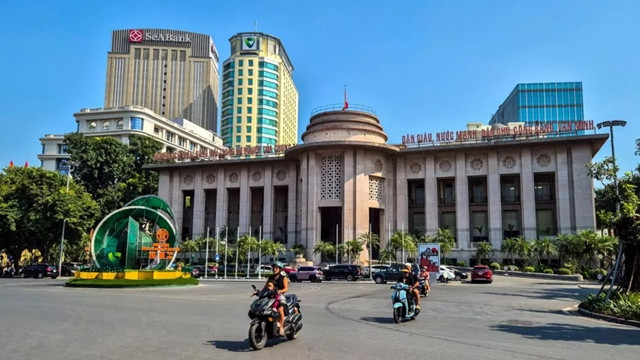
In late 2024, General Secretary To Lam of the Communist Party of Vietnam declared the beginning of “a new era of development,” signaling the country’s most comprehensive economic reform in decades. Officials have confirmed that the government is targeting high-income status by 2045, aiming to integrate more deeply into Asia’s economic landscape.
Since the 1990s, Vietnam’s economy has experienced remarkable growth, with per capita income—adjusted for local purchasing power—rising from approximately $1,200 to $16,385. This export-driven boom has led to major infrastructure development and lifted millions out of poverty. However, the country is now facing headwinds, including declining access to cheap labor, an aging population, rigid bureaucracy, climate risks, and the need for structural reforms.
In response, policymakers are focusing on expanding the private sector, strengthening social protection, and investing in green technologies. The global shift in supply chains—accelerated by the ongoing U.S.-China trade tensions—has turned Vietnam into the largest exporter to the United States. In 2024, the trade surplus with the U.S. stood at $123.5 billion, prompting former President Donald Trump to threaten a 46% tariff. A compromise was later reached, with both sides agreeing to a 20% tariff on goods suspected of being rerouted from China.
Even before the trade war, Vietnam had begun reassessing its growth model to escape the "middle-income trap." Drawing inspiration from countries like South Korea (electronics), Taiwan (semiconductors), and Singapore (financial services), Vietnam recognizes the need to pivot towards high-tech industries. Key focus areas include semiconductors, artificial intelligence, renewable energy, and large-scale infrastructure such as the proposed $67 billion high-speed rail connecting Hanoi and Ho Chi Minh City.
Vietnam also aspires to become a regional financial hub. Plans are underway to create special economic zones in Ho Chi Minh City and Da Nang, offering simplified regulations, tax incentives, and investor-friendly judicial systems.
Institutional Reforms Underway
To build a robust regional economy, the government is merging ministries, downsizing the bureaucracy, and consolidating provinces. A major turning point came in May 2025, when the Communist Party passed Resolution 68, identifying private enterprises as the “most important driving force” of the economy. Historically dominated by state-owned giants, Vietnam’s private sector had been relegated to low-value segments of the supply chain.
The new resolution introduces easy access to loans for tech investments, priority in government contracts, and support for international expansion. The government aims to foster at least 20 globally competitive private companies by 2030.
Climate Change and Demographic Challenges Loom
Climate change remains a major threat. Last year, Typhoon Yagi caused damages worth $1.6 billion and reduced GDP by 0.15%. The World Bank warns that, without decisive action, climate-related issues could shrink Vietnam’s GDP by up to 14.5% annually by 2050.
Demographic pressures are also mounting. An aging population could lower productivity and strain social services. In response, the government is expanding preventive healthcare, gradually increasing the retirement age, and encouraging greater female participation in the formal workforce.
Vietnam is betting that reforms, smart investments, and climate resilience will fulfill its leaders' vision of prosperity. If successful, the country could indeed usher in a “new era”




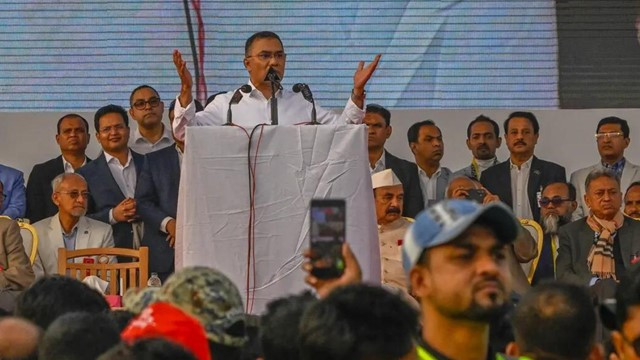





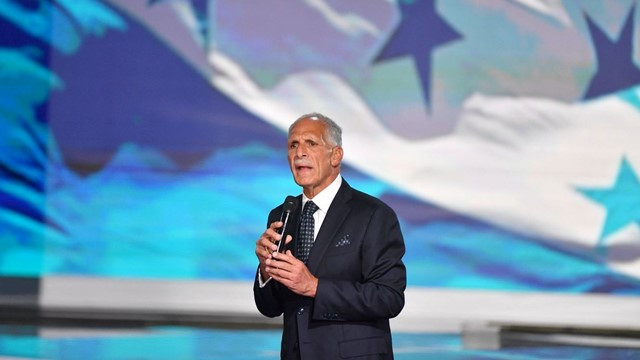



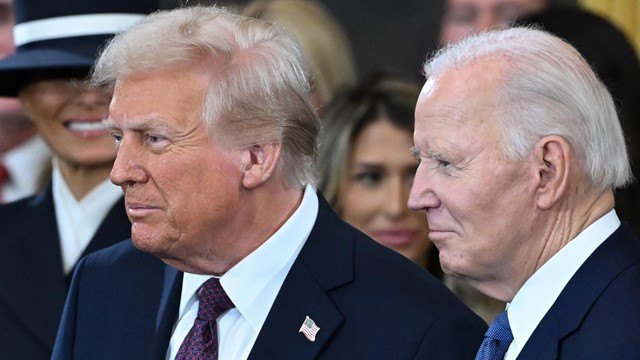

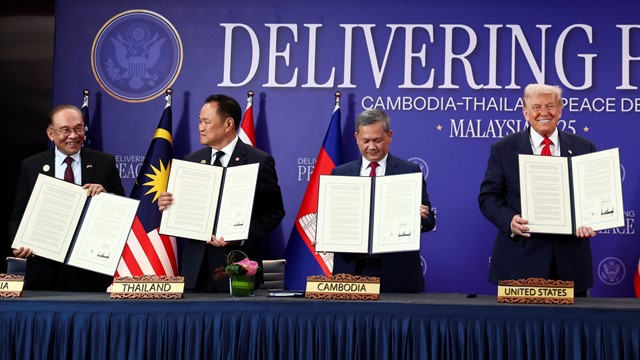


Comments Here: